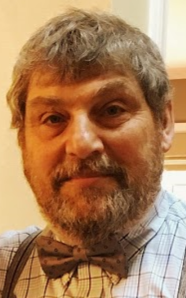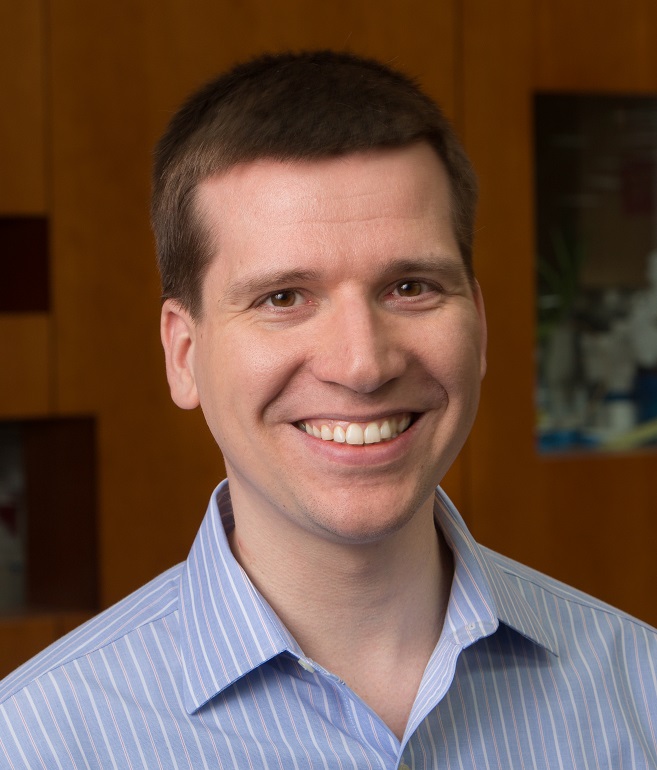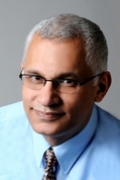BIRC Coordinator: Professor Tarek I. Zohdi
Graduate Student Coordinator: Maxwell Micali
Scope of Projects
In order to put the activities in the proper context, we outline the following scenarios of interest to companies and faculty:Scenario #1: A company has encountered a timely challenging problem with a short turnaround time.
- Option 1: BIRC taps the rolodex of institute experts as consultants to advise the company.
- Option 2: BIRC facilitates a short-term joint project between the company and faculty.
- Option 1: BIRC finds industrial partners for the faculty.
- Option 2: BIRC helps provide seed funding for a startup.
- Option: BIRC will provide targeted advice from a set of experts working as consultants, who will sign an NDA.
- Option: BIRC collects the topics of interest and finds experts within its consortium.
- Option: BIRC taps of expertly trained technicians in the consortium and makes the connections.
- Option: BIRC looks for industry partners to increase the value of the grant and BIRC’s partner’s interests.
- Option 1: BIRC makes an investment for a share in the company.
- Option 2: BIRC provide SBIR support for startups and hook them with larger companies.
Founding Board Members and Steering Committee
3D Printing and Computational Manufacturing Lab of Professor Zohdi

- Modeling and simulation of:
- Advanced manufacturing processes
- 3D printing processes
- high-strength fabric
- particulate/granular flows
- multiphase/composite electromagnetic media
- the dynamics of swarms and UAVs
- Micro-structural/macro-property inverse problems-optimization and design of new materials
- Discrete Element, Finite Element and Finite Difference methods
Controls Lab of Professor Borrelli

- Author of more than one hundred publications in the field of predictive control.
- Winner 2012 IEEE Control System Technology, winner of the 2017 Industrial Achievement Award from the International Federation of Automatic Control Council.
- Research Interests:
- Cloud-computing optimization for autonomous systems
- Integrated Vehicle Safety Systems and Control at UC Berkeley.
- Model Predictive Control
- Robotics
- Distributed and Robust Constrained Control
- Automotive Control Systems
- Energy Systems
Combustion Lab of Professor Frenklach

Chemical kinetics; Computer modeling; Combustion chemistry; Pollutant formation (NOx, soot); Shock tube; Chemical vapor deposition of diamond films; Homogeneous nucleation of silicon, silicon carbide, and diamond powders; Interstellar dust formation.
For more information on Professor Frenklach's research, please visit
The Combustion Laboratory website.
Heat Transfer Lab of Professor Grigoropoulos

Laser processing of materials, ultrafast laser micro/nanomachining, nanotechnology, nanomanufacturing, fabrication of flexible electronics, laser electronic materials processing, microscale energy devices, heat transfer, electronics cooling, microfluidics, laser interactions with biological materials.
To learn more about Professor Grigoropoulos' research, please visit the
Laser Thermal Lab website.
Controls Lab of Professor Horowitz

Adaptive, learning and nonlinear control, control of robot manipulators, computer mechatronics systems, micro-electromechanical systems (MEMS), intelligent vehicle and highways systems (IVHS). Modeling, simulation and control traffic networks. Automated highways and autonomous vehicles.
To learn more about Professor Horowitz's research, click here.
Multiphase Flow and Nondestructive Testing Lab of Professor Makiharju

One of the central objectives of Professor Mäkiharju's research is to advance the physical understanding of high Reynolds number single- and multiphase flows primarily through experimental research, and through the development and use of advanced experimental techniques. Multiphase flows are encountered in almost every aspect of modern life, including additive manufacturing, biological flows, energy production, and naval hydrodynamics. Specific topics Professor Mäkiharju has worked on include the reduction drag on marine vehicles, mitigation of damage and noise caused by cavitation in naval and industrial applications, and efficient handling of single- and multiphase flows in energy production applications. The high-speed X-ray based measurement techniques Prof. Mäkiharju has developed for multiphase flows, can also be utilized for rapid non-destructive testing.
To learn more about Professor Mäkiharju's research, please visit the FLOW Lab website.
Structural Analysis Lab of Professor Mosalam

Program: Structural Engineering, Mechanics and Materials (SEMM)
Research Summary: Concrete, masonry, and wood structures;
Fracture and damage mechanics; Earthquake engineering; Finite element analysis; Large scale testing; Hybrid simulation; Structural Health Monitoring; Sensor Systems; Energy-efficient structures
http://www.ce.berkeley.edu/people/faculty/mosalam/research
Research on Energy efficient buildings:
BRIGHT: Building with Radiant and Insulated Green Harvesting Technology
Mosalam is also the director of the Pacific Earthquake Engineering Research (PEER) Center, a large scale multi-institutional research and education center with headquarters at the University of California, Berkeley:
http://peer.berkeley.edu/
Design for Nanomanufacturing Lab of Professor Taylor

The invention, modeling and simulation of micro- and nano-manufacturing processes, materials-testing techniques operating down to the nanoscale, and applications of polymeric materials in micro- and nano-fabrication—including for tissue scaffold engineering.
To learn more about Professor Taylor's research, please visit the
Design for Nanomanufacturing website.
Manufacturing Lab of Professor Wright

Energy scavenging and storage; Smart materials; Design and manufacturing for micro-integration of 'intelligent objects'; Design of wireless sensor systems. Application areas include: Energy efficiency and demand response; First responder applications; Medical products. Previous research on Internet-based manufacturing & open-architecture control.
To learn more about Professor Wright's research, please visit the
Advanced Manufacturing for Energy website.
Materials Lab of Professor Hoseman

Material science; Metallurgy; Structural materials microstructure
characterization; Structural materials development; Ceramic fiber
composites; CerMet’s; Microscopy; Materials mechanical properties;
Damage in structural materials; Failure analysis of structural
materials; Ion beam processing of materials; Radiation damage of
structural materials; Materials in extreme environments; Corrosion of
materials at high temperatures; Nanostructured alloys; Advanced
materials; Materials optimization for industrial applications.
To learn more about Professor Hosemann’s research, please visit his
website.
Supply Chain & Decision Making Lab of Professor Kaminsky

- Supply Chain Optimization
- Inventory planning and optimization
- Risk measurement and mitigation
- Contract design
- Robust expansion planning
- Logistics modeling
- Network design
- Resource planning
- Logistics collaboration strategies
- Facility planning
- Production planning and scheduling
- Tools for making infrequent, strategic, high-impact decisions
- Applied optimization modeling
- Discrete event simulation
- Simulation optimization
To learn more about Professor Kaminsky's research, please visit his website.
Robotics Lab of Professor Mueller

Control of agile autonomous robotic systems, unmanned aerial vehicles, state estimation, localization, sensor fusion, fault-tolerant and failsafe control.
To learn more about Professor Mueller's research, please visit the
Mueller Lab website.